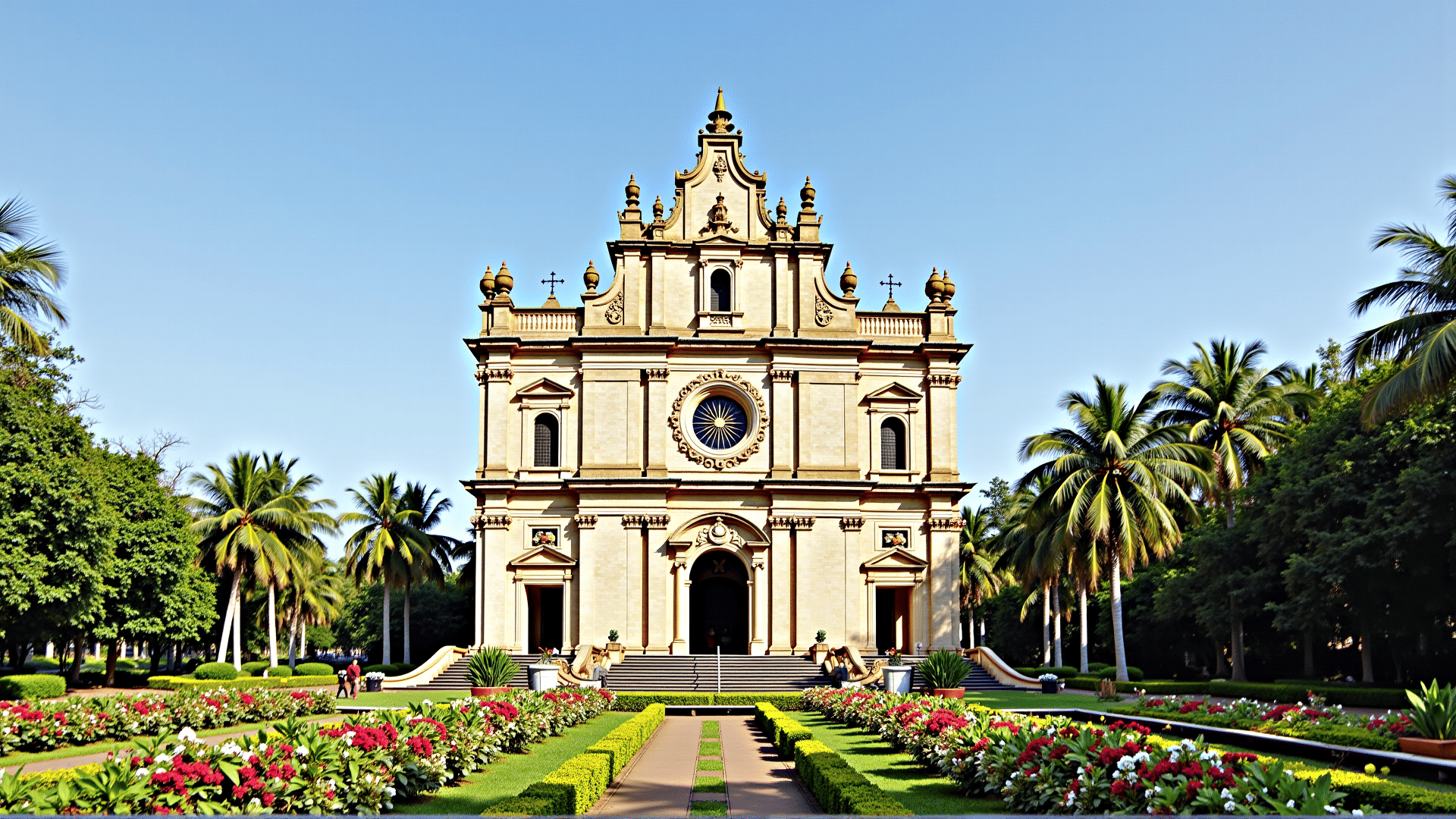Nestled in the historic heart of Manila, the San Agustin Church stands as a testament to architectural brilliance and cultural resilience. Known for its awe-inspiring baroque style, this venerable structure has captivated visitors for centuries, earning its rightful place as a UNESCO World Heritage Site.
Constructed during the Spanish colonial era, San Agustin Church is the oldest stone church in the Philippines. Its walls, crafted from hewn adobe stones, withstood the test of time, surviving natural disasters and echoing the rich history of the country. The church's impressive architecture reflects the ingenuity and artistry of the builders who used indigenous materials and techniques to create a structure that is both majestic and enduring.
The church's facade is a magnificent display of intricate carvings and detailed bas-reliefs, creating a visual narrative that depicts biblical scenes and religious symbolism. These stone sculptures not only showcase the spiritual devotion of the era but also highlight the expert craftsmanship involved in their creation.
Inside, the church reveals an equally captivating interior, adorned with trompe-l'œil paintings on the vaulted ceilings that create an illusion of three-dimensional religious figures and motifs. These paintings, crafted by Italian artists, add a sense of depth and movement, drawing the eyes heavenward in reverence.
One of the church's most striking features is its grand altar, intricately designed with elaborate retablos and gilded statues that reflect both European influences and local craftsmanship. This altar serves as the focal point of the church's interior, inviting worshippers and visitors alike to experience a moment of reflection and awe.
The San Agustin Church's significance extends beyond its architectural beauty. It has endured the ravages of time and conflict, serving not only as a place of worship but also as a witness to the unfolding history of Manila. Through earthquakes, wars, and reconstructions, this historic site has remained a symbol of faith and resilience, embodying the spirit of a nation.
Visitors entering the church are greeted by a sense of serene elegance, where the opulent details and architectural mastery create a space that transcends time. The combination of European baroque artistry and local adaptations not only enriches its aesthetic appeal but also underscores the cultural fusion that defines the Philippines.
In conclusion, the San Agustin Church is more than an architectural marvel; it is a cultural treasure that continues to inspire reverence and admiration. Its enduring presence in Manila serves as a reminder of the beauty and artistry that can emerge through the confluence of diverse influences, standing as a symbol of faith and perseverance for generations to come.
